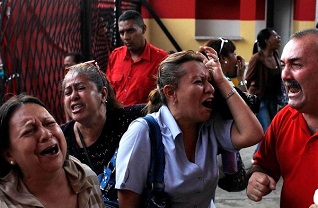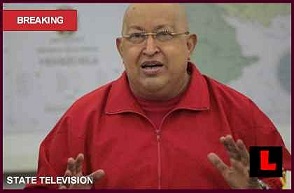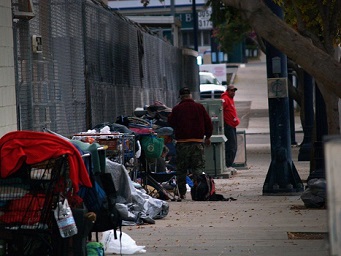Chavismo Lives!
In 2011, Chávez suggested Washington's responsibility for a "very strange" bout of cancer. It affected Latin American leaders. Argentina’s Cristina Fernández de Kirchner 's thyroid cancer was confirmed. Former Brazilian President Lula Da Silva had throat cancer. Current President Dilma Rousseff battled axillar lymphoma. Others affected included Colombia's Juan Manuel Santos (prostate cancer), and Paraguay's Fernando Lugo (lymphatic cancer). Last June, Washington's dirty hands ousted him. A parliamentary coup replaced him. America targets all independent leaders.
Venezuelans mourn. Chavismo lives! Bolivarianism is institutionalized. Venezuelans expect no less. They want no part of their ugly past. They'll put their bodies on the line to prevent it. They did before. They'll do it again. Bolivarianism is policy. It's vital to preserve. It's polar opposite neoliberal harshness. America and Venezuela are constitutional worlds apart. More on that below.
On March 5, word came at 4:45PM. Vice President Nicolás Maduro announced it.
"We have just received the most tragic and awful information," he said. Hugo Rafael Chávez Frías died. "It's a moment of deep pain." "Those who die for life can't be called dead," he said.
Supporters massed in Plaza Bolívar. It's Caracas' main square.
"Chávez vive, la lucha sigue," they chanted. "Chávez lives, the battle continues." "The people united will never be defeated." Oligarchs "will never return" to the Miraflores Palace.



























